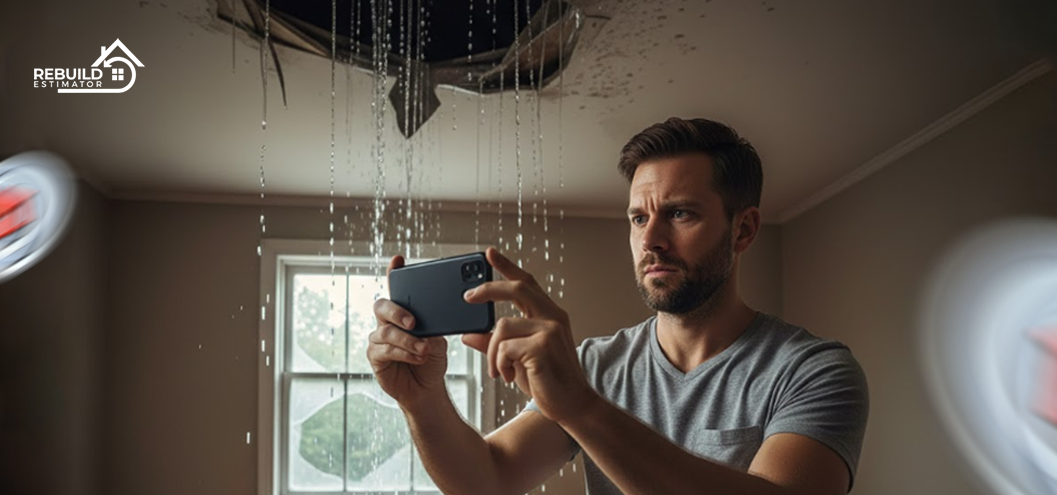Reports say that at least 42 people died directly because of Hurricane Milton. The damage it caused was terrible. This number shows how dangerous storms can be, even for people who think they are ready. Many of the deaths were caused by floods, falling objects, and people who didn’t leave dangerous areas when they were told to.
A lot of people were hurt or forced to move, and many more died. This will make healing difficult for a long time. Quick action was taken to help those who were affected, with local and state leaders getting ready to help.Aid groups, like the Red Cross, set up shelters where people who had survived the storm could stay and be fed, medically cared for, and given mental support.
We should all remember how important it is to be safe during storms after seeing how many people died in Hurricane Milton. During a hurricane, getting out of the area can save lives, and having a complete escape plan can greatly lower the risks.
What Category Was Hurricane Milton?
Winds from hurricane Milton in 2024 were some of the strongest and most damaging of the season. A storm with a Category 4 wind speed was what the Saffir-Simpson storm Wind Scale said.
Cat 4 storms have winds that never slow down, reaching 130 to 156 mph. These kinds of strong winds can damage a lot, especially to buildings and homes that are well put together. Power blackouts can last for weeks. Winds that are this strong hurt trees and down power lines, which makes it harder to get back to normal in the places that were hit.
We saw how strong and random nature can be with Hurricane Milton. Because it was a Category 4 storm, it is even more important for places that often get hurricanes to be ready. People who lived near it were warned to pay attention and get their homes and families ready for what might happen.
What Time Did Hurricane Milton Make Landfall?
Storm Milton hit land in the evening of September 12, 2024. In this area, the storm hit the southeast coast of Florida around 8 p.m. It had strong winds and a lot of rain. When the storm hits land is very important, because storms that happen in the evening can put people in more danger because they may not know how bad the danger is.
Meteorologists watched as Milton got closer to the coast and the storm got stronger very quickly. When the storm hit land, it was high tide, which made the risks of storm surge and floods even greater. People who lived in low-lying places or near the coast were told to leave in the hours before the storm hit land. A lot of people listened to these warnings, but some stayed behind to see out the storm.
Knowing when storms like Milton will hit is important for getting ready and helping people who are affected. Emergency services can plan evacuations and make good use of resources, which saves lives and limits harm.
What Was the Path of Hurricane Milton?
Many people kept a close eye on Hurricane Milton as it moved across the Atlantic Ocean and then toward Florida. At first, the storm started off the coast of the Bahamas. There, it quickly got stronger because the ocean water was warm and the weather was good.
As Hurricane Milton got closer to Florida, it turned west and hit land near Fort Lauderdale. It then kept going north along the southeastern coast. It went through a number of settled areas and did a lot of damage in places that hadn’t seen such bad storms in recent years.
The storm got weaker in the hours after it hit land, but it was still a big problem because it was raining hard and there were wind gusts hundreds of miles inland. Flooding, power outages, and debris hit areas far from the coast, showing how storms affect a lot of people.
To prepare for and recover from a storm, you need to know where it will go. Meteorologists use cutting-edge technology to guess where storms will go, which helps people get ready for what might happen. This knowledge is very important for quickly deciding when to evacuate and how to use available resources during and after the storm.
Conclusion
In the story of Hurricane Milton, there is damage, strength, and the need to be ready for nature’s fury. Many people died, a Category 4 hurricane hit land at the worst possible time, and did a lot of damage across Florida. This makes Milton an important case study for both people who live there and people who work in emergency management.
As towns get back on their feet, they should think about what they could do better next time. Not only do you need to have things ready for a storm, but you also need to know the risks, follow escape orders, and know what’s going on.
The way communities heal and rebuild after Hurricane Milton will depend on how they were helped. The lessons we learn today will help us be better prepared for future storms. As we move forward, we need to put safety and understanding first, remembering those who were hurt by the storm while also making the future stronger.






